Camp Nou (Catalan pronunciation: [ˌkamˈnɔw], meaning New Field, often referred to in English as the Nou Camp), branded as Spotify Camp Nou for sponsorship reasons, is an under-renovation stadium home of La Liga club Barcelona since its opening in 1957. With a planned seating capacity of 105,000, it will be the stadium with the largest capacity in Spain and Europe, and the second largest football stadium in the world.
It has hosted two European Cup/Champions League finals in 1989 and 1999, two European Cup Winners' Cup finals, four Inter-Cities Fairs Cup final games, five UEFA Super Cup games, four Copa del Rey finals, two Copa de la Liga finals, and twenty-one Supercopa de España finals. It also hosted five matches in the 1982 FIFA World Cup (including the opening game), two out of four matches at the 1964 European Nations' Cup and the football tournament's final at the 19...Read more
Camp Nou (Catalan pronunciation: [ˌkamˈnɔw], meaning New Field, often referred to in English as the Nou Camp), branded as Spotify Camp Nou for sponsorship reasons, is an under-renovation stadium home of La Liga club Barcelona since its opening in 1957. With a planned seating capacity of 105,000, it will be the stadium with the largest capacity in Spain and Europe, and the second largest football stadium in the world.
It has hosted two European Cup/Champions League finals in 1989 and 1999, two European Cup Winners' Cup finals, four Inter-Cities Fairs Cup final games, five UEFA Super Cup games, four Copa del Rey finals, two Copa de la Liga finals, and twenty-one Supercopa de España finals. It also hosted five matches in the 1982 FIFA World Cup (including the opening game), two out of four matches at the 1964 European Nations' Cup and the football tournament's final at the 1992 Summer Olympics.
On 15 March 2022, it was announced that music streaming service Spotify had reached a deal with Barcelona to acquire the naming rights to the stadium in a deal worth $310 million. Following the approval of the sponsorship agreement with Spotify by Barcelona's Extraordinary Assembly of Delegate Members on 3 April 2022, the stadium was officially renamed on 1 July 2022 as Spotify Camp Nou.
In April 2022, it was announced that renovation of the stadium would commence in June 2023 after the season's end. It is expected to be completed during the 2025–26 season.
 One of the stands displaying Barcelona's motto, Més que un club, meaning "More than a club"
One of the stands displaying Barcelona's motto, Més que un club, meaning "More than a club" A view of the supporters' side during a match, showing the FC Barcelona colours
A view of the supporters' side during a match, showing the FC Barcelona colours Main stand external view of the stadiumConstruction
Main stand external view of the stadiumConstruction
The construction of the Camp Nou started on 28 March 1954 as Barcelona's previous stadium, Camp de Les Corts, had no room for expansion. Although originally planned to be called the Estadi del FC Barcelona, the more popular name Camp Nou ("new field") was used.[1] The June 1950 signing of László Kubala, regarded as one of Barcelona's greatest players, provided further impetus to the construction of a larger stadium.[2][3][4]
On 14 November 1950, the president Agustí Montal i Galobart obtained the favourable agreement of an assembly of members[5] to acquire land for the construction of a new stadium, located in Hospitalet de Llobregat, which was later exchanged with the Barcelona City Council for other land in the neighbourhood of Les Corts. The stadium is located at the end of Travessera de les Corts, next to the Cementiri and the Maternitat. The commission dedicated to the project recommended another location in February 1951. The official purchase took place two years later.[5]
The appointment of Francesc Miró-Sans as president of Barcelona, on 14 November 1953, was to relaunch the project. Invested in February of the following year, Miró-Sans decided in favour of the land acquired in 1950, and the first stone of the stadium was laid on 28 March 1954.[6] A procession of several thousands of people made the journey from the Camp de Les Corts to La Masia de Can Planes, where the ceremony of laying the first stone was held, a solemn ceremony in the presence of Miró-Sans, the head of the Civil Government of Barcelona and the archbishop of Barcelona, Gregorio Modrego.[6]
The project was completed one year later, when the club entrusted the construction to the building company Ingar SA. The work was supposed to last eight months, but the costs were more than four times higher than expected, reaching 288 million pesetas. Through mortgages and loans, the club managed to finish the project, borrowing heavily for several years. The club hoped to cover the cost with the sale of the land at Les Corts, but the Barcelona City Council took five years to requalify it, giving rise to a period of certain economic hardship, Finally, the head of state and of the Spanish government at the time, the dictator Francisco Franco, authorised the requalification of the land at Les Corts and put an end to the crisis of the Barcelona club.[7][8] During the course of the Camp Nou construction work, La Masia served as a workshop for making the models and a workplace for architects and builders.
The architects were Francesc Mitjans and Josep Soteras, with the collaboration of Lorenzo García-Barbón.[9]
Finally, on 24 September 1957, the feast of La Mercè, the Camp Nou was inaugurated.[10] A solemn mass presided over by the archbishop, who welcomed the finished stadium, preceded the Hallelujah from Handel's Messiah. Dignitaries of the Franco regime and of the city gathered in the presidential tribune, and some 90,000 people attended the opening ceremony in the stands of the huge stadium. During the event, football clubs from all over Catalonia paraded on the field, as well as members of the different sections of Barça, the penyes and the different Barcelona teams.[10][11]
Just like Santiago Bernabéu Stadium of Real Madrid, the stadium was inspired by De Kuip, home of Feyenoord Rotterdam, which was built in 1937, and featured oval rings around the pitch, resulting in continuous stands without open corners.
Early years and the 1982 World CupIn May 1972, the Camp Nou hosted its first European Cup Winners' Cup final between Rangers and Dynamo Moscow. Rangers won the match with a score of 3–2. Electronic scoreboards were installed in 1975.[12]
The stadium underwent an expansion in 1980, in anticipation of the 1982 FIFA World Cup, which added boxes, VIP lounges, a new press area, new markers and the construction of the third tier, which was smaller in height than the original design by 6 metres (46.60 metres compared to the original design of 52.50 metres). The expansion of the stadium added 22,150 new seats,[13] taking the total seating capacity to 71,731, and the standing capacity was expanded by 16,500 to 49,670, taking the total stadium capacity (seated and standing combined) to 121,401.[14] Barcelona's record attendance was set on 5 March 1986 in the European Cup quarter-final against Juventus in front of 120,000 spectators, just 1,401 shy of the stadium's capacity.[15][16]
The Camp Nou was one of several stadiums used throughout the 1982 World Cup, hosting the inauguration ceremony on 13 June.[17][18] It also hosted more matches in that tournament than any of the 16 other stadiums used all over Spain, including the opening match, where the traditional opening ceremonies took place (including the releasing of a dove). In front of 95,000, Belgium upset the defending champions Argentina 1–0 in that opening match.[19][20] It then hosted three round-robin matches between the Soviet Union, Poland and Belgium, which Poland ended up winning and qualifying from to reach the semi-finals, where they played Italy at the Camp Nou, losing 2–0; Italy went on to win the final match, which was played at Real Madrid's Santiago Bernabéu in Madrid.[21]
The Camp Nou also hosted the 1999 UEFA Champions League Final between Manchester United and Bayern Munich, with both teams in contention to complete league title/domestic cup/European Cup trebles. Bayern led early through Mario Basler's goal in the sixth minute and kept the lead as the clock reached 90 minutes, but United came back to win with injury time goals from Teddy Sheringham and Ole Gunnar Solskjær.[22]
Development Interior of the stadium with its current capacity of 99,354 during a UEFA Champions League game between Barcelona and Inter Milan in 2019
Interior of the stadium with its current capacity of 99,354 during a UEFA Champions League game between Barcelona and Inter Milan in 2019The stadium's capacity has varied greatly over the years, opening at 106,146, and growing to 121,401 for the 1982 FIFA World Cup.
As well as hosting Barcelona, the Camp Nou is home to the Catalan team.[23] The stadium is frequently used for other football events. The European Cup final between Milan and Steaua București was held on 24 May 1989, with the Italian club winning 4–0.[24] The Camp Nou hosted part of the football competition, including the final, in the 1992 Summer Olympics.[25] In preparation for these matches, two additional tiers of seating were installed over the previous roof-line.[26]
The Camp Nou underwent little change after 1982, except for the opening of the club museum in 1984. The stadium was renovated in 1993–94, in which the pitch was lowered by 2.5 metres (8 feet), the security gap that separated the lawn from the galleries was removed, and standing room was eliminated in favour of individual seating. A new press box, renovation of the presidential grandstand and boxes, new parking under the main grandstand and new lighting and sound systems were completed in time for the 1998–99 season.[27] During 1998–99, UEFA rated Camp Nou a five-star stadium for its services and functionalities.[28] Although popularly called Camp Nou, the stadium's official name was actually “Estadi del FC Barcelona” since its completion, and it was not until the 2000–01 season that club members voted to officially rename the stadium to its popular nickname.[29]
The facilities now include a memorabilia shop, mini-pitches for training matches and a chapel for the players. The stadium also houses the second-most visited museum in Catalonia, the Barcelona Museum, which receives more than 1.2 million visitors per year.[30]
On 1 October 2017, Barcelona's league match against Las Palmas was played in an empty Camp Nou due to political turmoil in the region.[31]


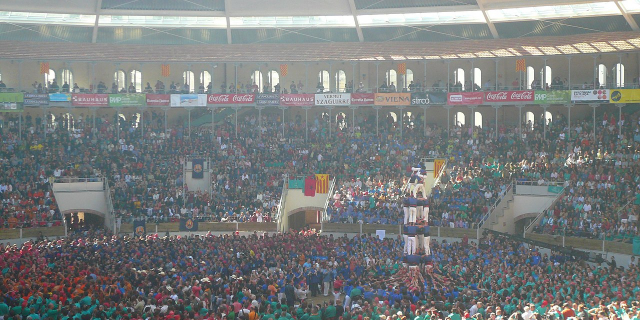


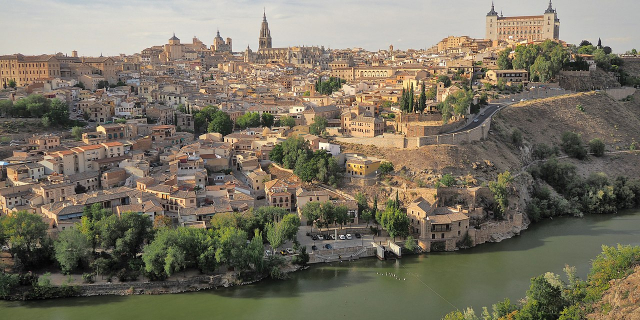



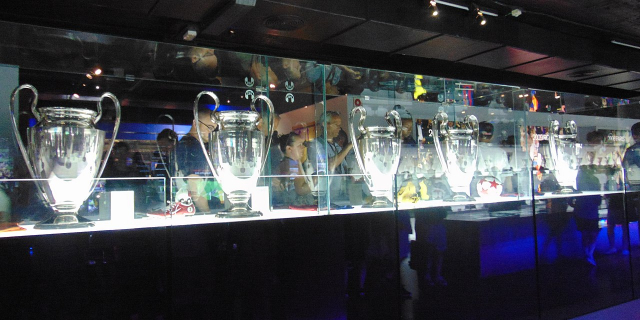



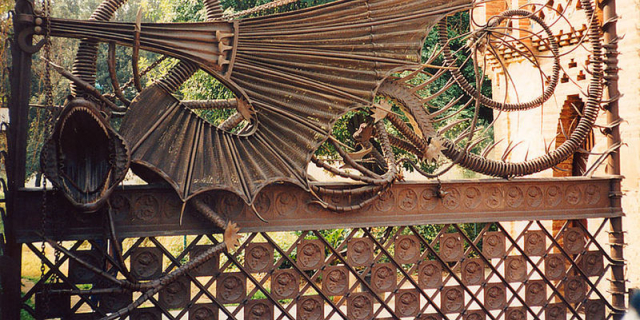

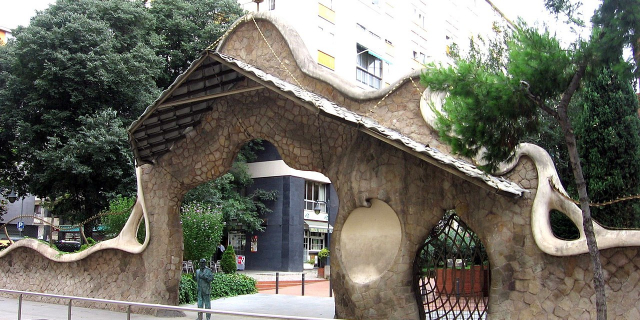
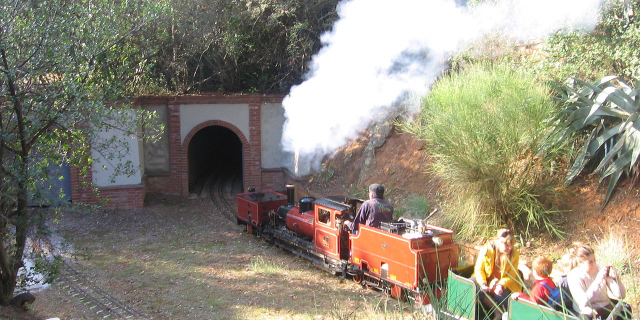



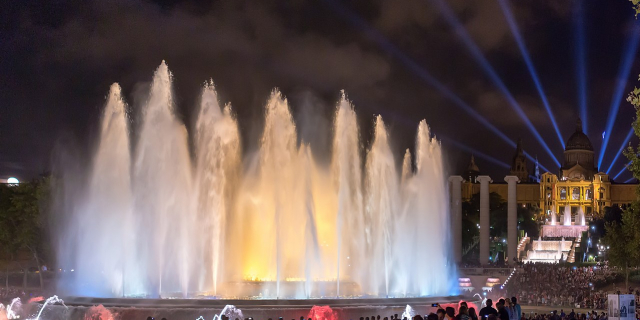

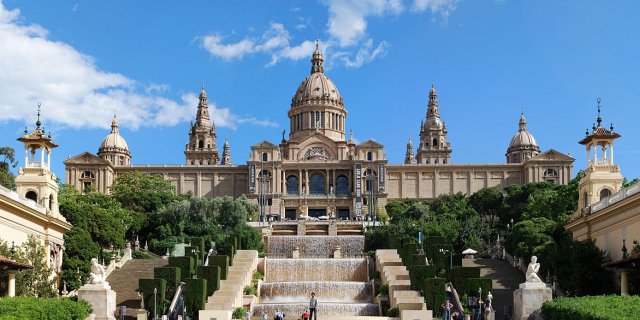


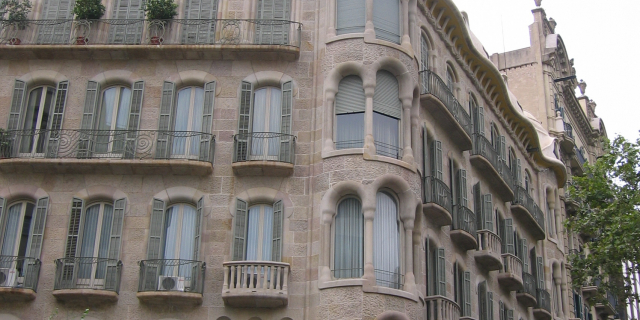
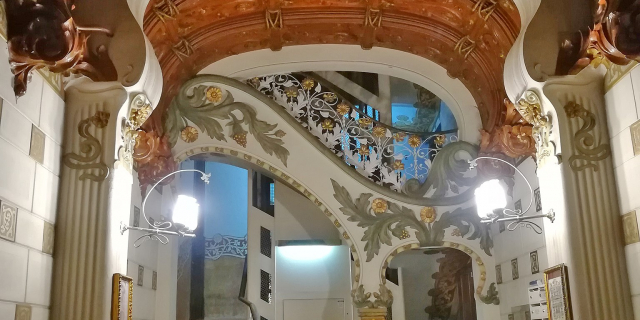
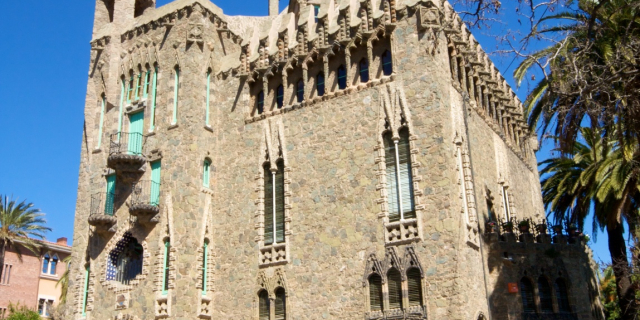

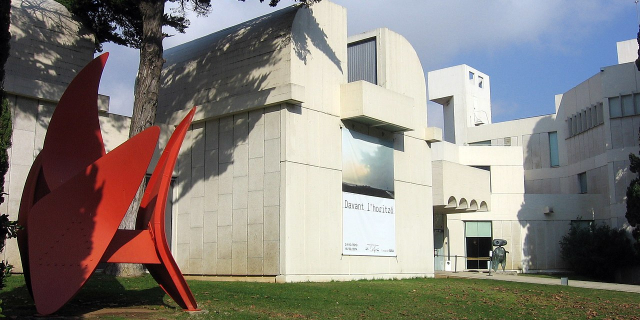





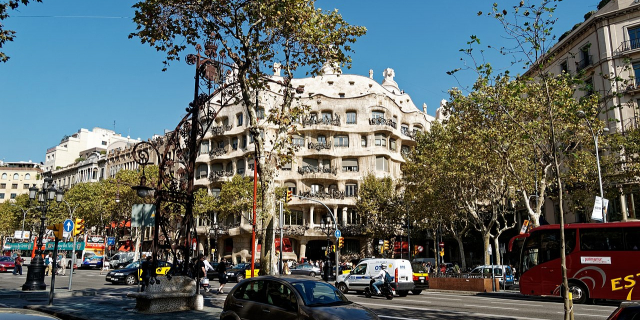

Add new comment